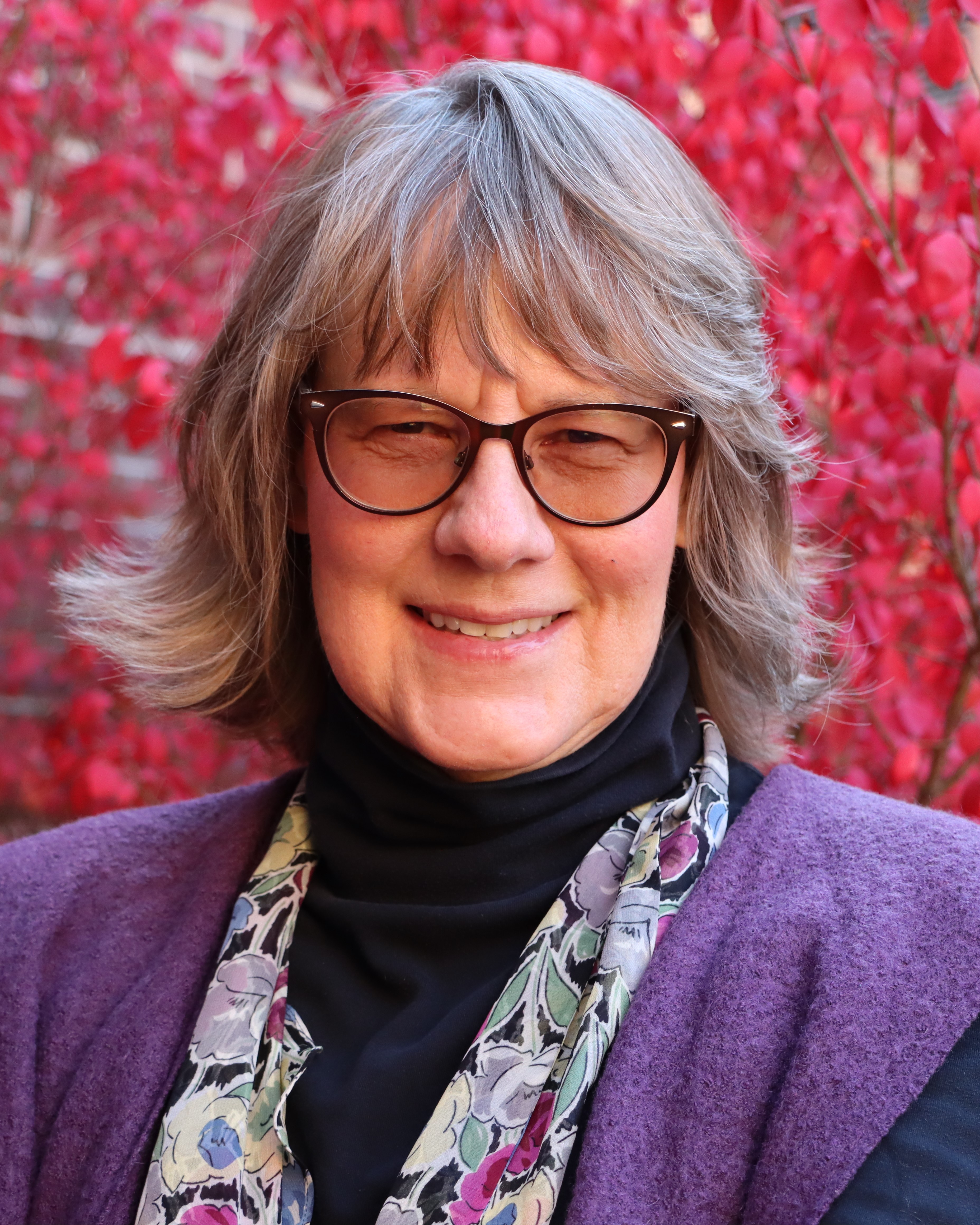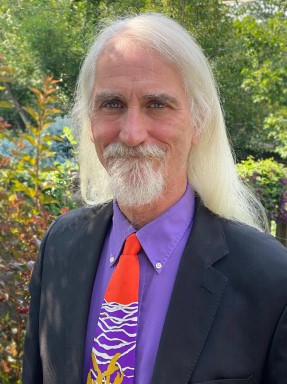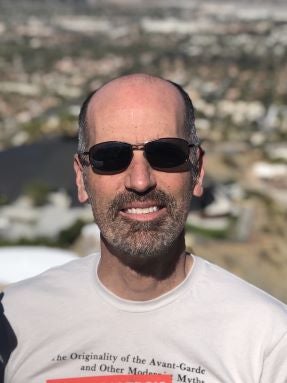Art shapes—and is shaped by—cultures, ideas, and societies. A master’s degree in art history provides the opportunity to explore these dynamic relationships while developing the critical tools to analyze and interpret visual culture on a global scale. Students can also specialize in museum studies, gaining hands-on experience and professional insight into the world of museums and collections. Work closely with renowned faculty and visiting experts—including artists, curators, and scholars—while conducting original research on the topics that matter most to you.
Whether you're drawn to the intersection of art and museology or fascinated by a specific cultural movement, the program’s flexible curriculum empowers you to shape your academic journey. Prepare for doctoral study or pursue a career in museums, galleries, or cultural institutions with a degree that expands your perspective and opens new doors.
Start Dates: Fall
Curriculum: 56 Credit Hours
Program Length: 2 Years
40 Credit hours to customize for your art history interests
45%+ Average tuition discount
Master of Arts in Art History
How our curriculum prepares you for your career
Explore art history through a global lens
Go beyond the traditional focus on U.S. and European art. Our program immerses you in a wide-ranging exploration of global artistic traditions, movements, and perspectives.
Specialize in museum studies—with hands-on experience
Step into the world of museums through courses led by practicing curators and conservators. With a concentration in museum studies, you’ll handle real artworks, design exhibitions, and learn how collections come to life.
Get ready for PhD programs
Thinking about a doctorate? You’ll build the deep expertise, research experience, and academic confidence needed to thrive in a PhD program.
Build your network with museum professionals
Work side by side with museum directors, collections managers, and curators. These real-world connections will help launch your career in museums and cultural institutions.
Develop real-world skills with art history workshops
Each quarter, take part in professional workshops designed to boost your skills, expand your career toolkit, and connect you with leaders in the field.
Request for Information
Application Information
Concentration in Museum Studies
Pursue a museum studies concentration as part of your MA in art history and step directly into the world of museums. Learn from curators and conservators, gain hands-on experience handling art, installing exhibitions, and curating shows in the Vicki Myhren Gallery and Madden Museum.
Take classes inside Denver’s top museums, connect with professionals across the field—from directors to collections managers—and discover where your skills fit best. A personalized internship at a regional or national institution gives you real-world experience and a strong professional network.
Graduates go on to thrive as curators, consultants, registrars, educators, and administrators in museums across the country.
Core Coursework Requirements
- ARTH 4301 - Seminar in Art History Methods
- ARTH 4302 - Research Practicum
- ARTH 4995 - Independent Research
- ARTH 4651 - Museum Methods and Principles
Art History Courses
Complete an additional 12 credits in ARTH courses
Art History Seminars
Complete an additional 12 credits in ARTH seminar courses
Museum Studies Courses
Complete an additional 16 credits in museum studies courses
Non-Coursework Requirements
- Qualifying examination
- Language requirement
- Comprehensive examination
- Master's research paper
Featured Art History Faculty





Get Started on Your MA in Art History
Build your art history and museum career with a master's degree from the University of Denver’s College of Arts, Humanities, and Social Studies




